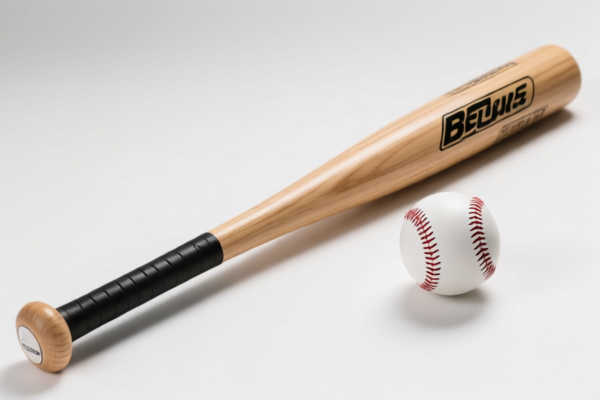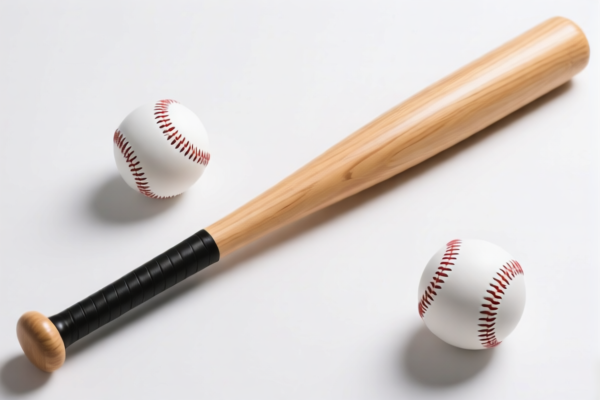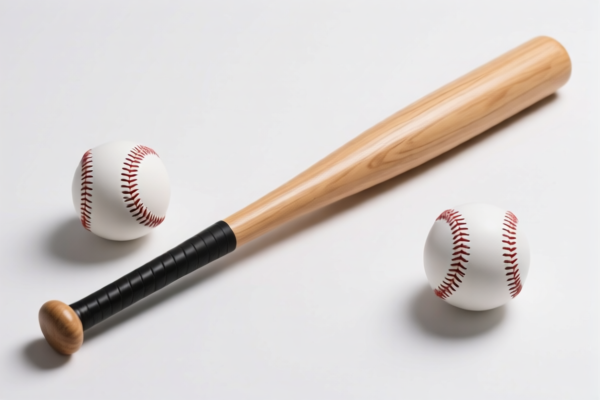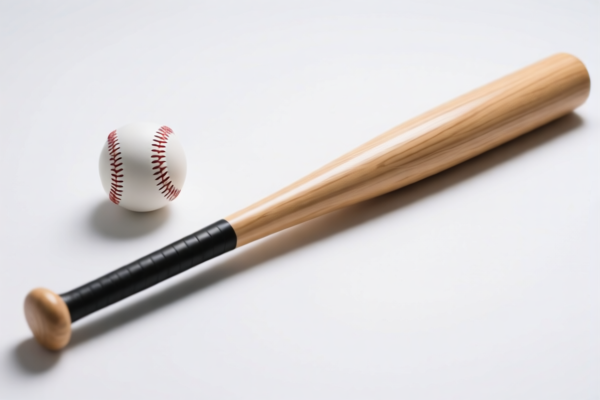| HS Code | Official Doc | Tariff Rate | Origin | Destination | Effective Date |
|---|---|---|---|---|---|
| 9506992540 | Doc | 37.5% | CN | US | 2025-05-12 |
| 9506992800 | Doc | 37.5% | CN | US | 2025-05-12 |
| 9507908000 | Doc | 39.0% | CN | US | 2025-05-12 |
| 9208900080 | Doc | 42.8% | CN | US | 2025-05-12 |
| 9208900040 | Doc | 42.8% | CN | US | 2025-05-12 |
| 4205001000 | Doc | 55.0% | CN | US | 2025-05-12 |
| 4205000500 | Doc | 57.9% | CN | US | 2025-05-12 |
| 4201006000 | Doc | 57.8% | CN | US | 2025-05-12 |
| 4417008010 | Doc | 60.1% | CN | US | 2025-05-12 |
| 4417008090 | Doc | 60.1% | CN | US | 2025-05-12 |
| 4404100090 | Doc | 55.0% | CN | US | 2025-05-12 |
| 4404200090 | Doc | 55.0% | CN | US | 2025-05-12 |
| 6602000000 | Doc | 41.5% | CN | US | 2025-05-12 |
| 6603203000 | Doc | 30.0% | CN | US | 2025-05-12 |
| 6603908100 | Doc | 60.2% | CN | US | 2025-05-12 |
| 6601100000 | Doc | 36.5% | CN | US | 2025-05-12 |
| 6601910000 | Doc | 30.0% | CN | US | 2025-05-12 |




Bat Stick
A bat stick, commonly known as a baseball bat, is a smooth wooden or metal club used in the sport of baseball to hit the baseball.
Material
Historically, baseball bats were crafted exclusively from wood, most notably Ash, Maple, and Birch.
- Ash: Provides a relatively lightweight feel with good flex, offering a traditional hitting experience. However, it is prone to breakage.
- Maple: Denser and harder than ash, resulting in a larger sweet spot and greater power potential. More susceptible to shattering than ash.
- Birch: Offers a balance between ash and maple, providing a good combination of flex and hardness.
- Aluminum/Alloy: Modern bats are frequently constructed from aluminum alloys. These bats are more durable than wood bats, offer a larger sweet spot, and typically require less break-in.
- Composite: Made from materials like carbon fiber, composite bats offer the highest performance characteristics – large sweet spots, high power, and low weight – but are often subject to stricter regulations.
Purpose
The primary purpose of a bat stick is to propel the baseball into fair territory, allowing the batter to reach base safely and advance other runners.
Function
The bat functions as a lever. The batter swings the bat with force, making contact with the baseball. The impact transfers energy from the bat to the ball, accelerating it away from the plate. The shape and weight distribution of the bat are designed to maximize this energy transfer.
Usage Scenarios
- Hitting: The most obvious use, employed during a batter’s turn at the plate.
- Bunting: Using the bat to gently tap the ball to advance runners or reach base.
- Checking: A defensive tactic where a batter uses the bat to impede a sliding player. (Less common and often regulated).
- Batting Practice: Used for training and improving hitting skills.
Common Types
- Adult Baseball Bats: Typically 31-34 inches in length and weighing between 18-33 ounces.
- Youth Baseball Bats: Shorter in length and lighter in weight, scaled to the age and size of the player.
- Slowpitch Bats: Often heavier and longer, designed for the slower speeds of slowpitch softball.
- Composite Bats: Frequently used in high school and college play, subject to performance regulations (e.g., BBCOR certification).
- Wood Bats: Used in professional baseball and often preferred for training due to their feedback characteristics.
- Drop Weight Bats: Indicates the difference in weight between the bat's length and weight in ounces (e.g., a -3 bat is 3 ounces lighter than its length).
Based on the provided information, “bat stick” can be interpreted as equipment for general physical exercise or sports. Here are the relevant HS codes:
-
9506992540: This HS code falls under Chapter 95, which covers articles and equipment for general physical exercise, gymnastics, athletics, or other sports. Specifically, it covers “Other” articles within this category, and further specifies “Ice-hockey and field-hockey articles and equipment, except balls and skates, and parts and accessories thereof,” including “Ice-hockey sticks.” The basic tariff is 0.0%, with an additional tariff of 7.5%. After April 2, 2025, the additional tariff increases to 30.0%, resulting in a total tariff of 37.5%.
-
9506992800: Also under Chapter 95, this HS code covers “Other” articles for sports, specifically “Lacrosse sticks.” The basic tariff is 0.0%, with an additional tariff of 7.5%. However, if the stick is made of steel or aluminum, an additional 25% tariff applies. After April 2, 2025, the additional tariff increases to 30.0%, resulting in a total tariff of 37.5% (or higher if steel or aluminum is used).
Regarding HS code 9506992800, please note that if the bat stick is made of steel or aluminum, an additional 25% tariff will be applied on top of the standard tariffs. It is important to verify the material composition of the stick to determine the correct tariff rate.
Customer Reviews
No reviews yet.